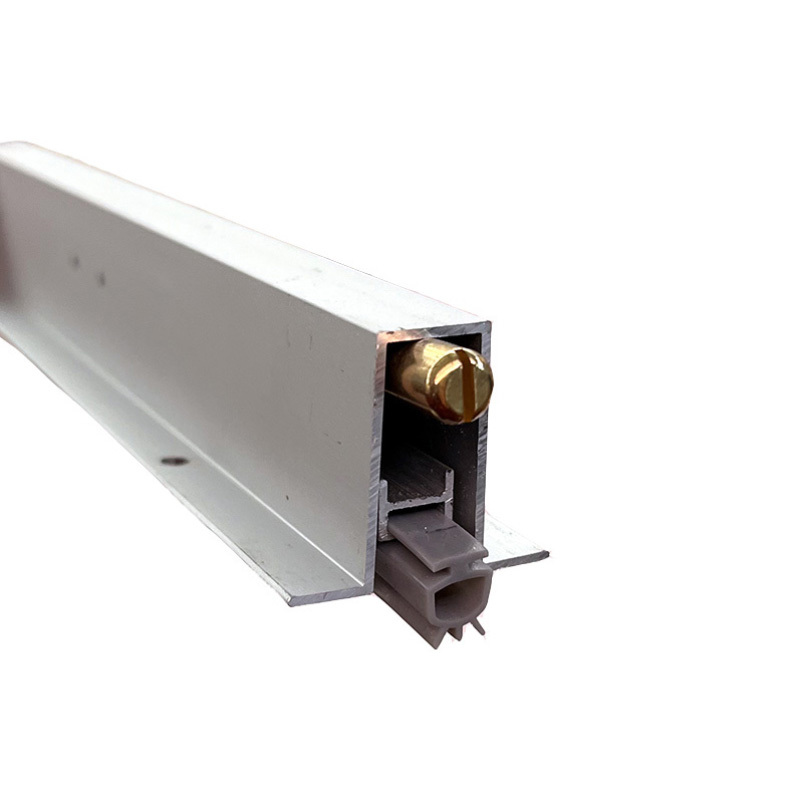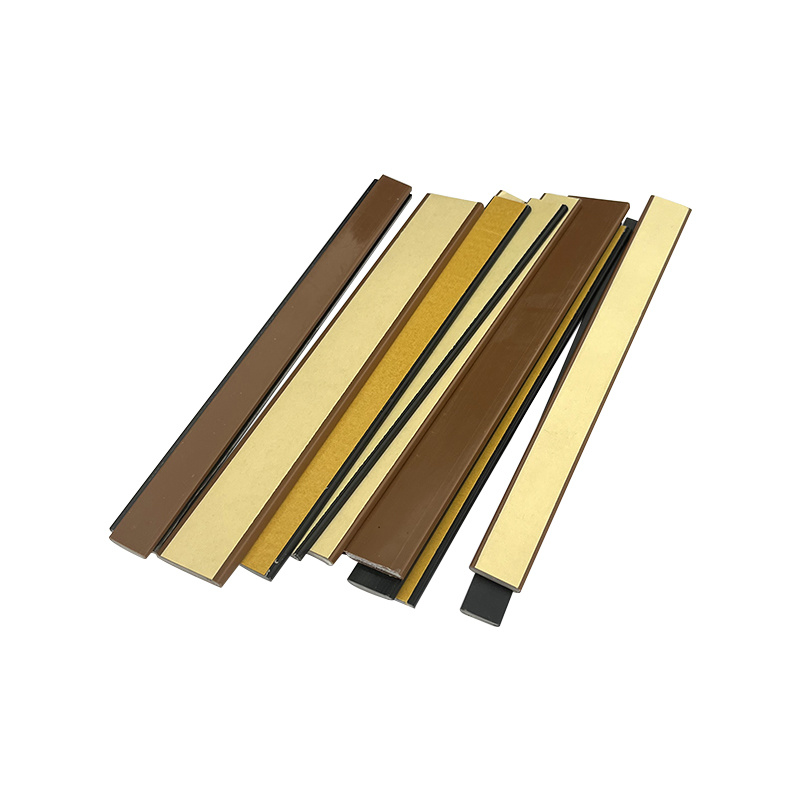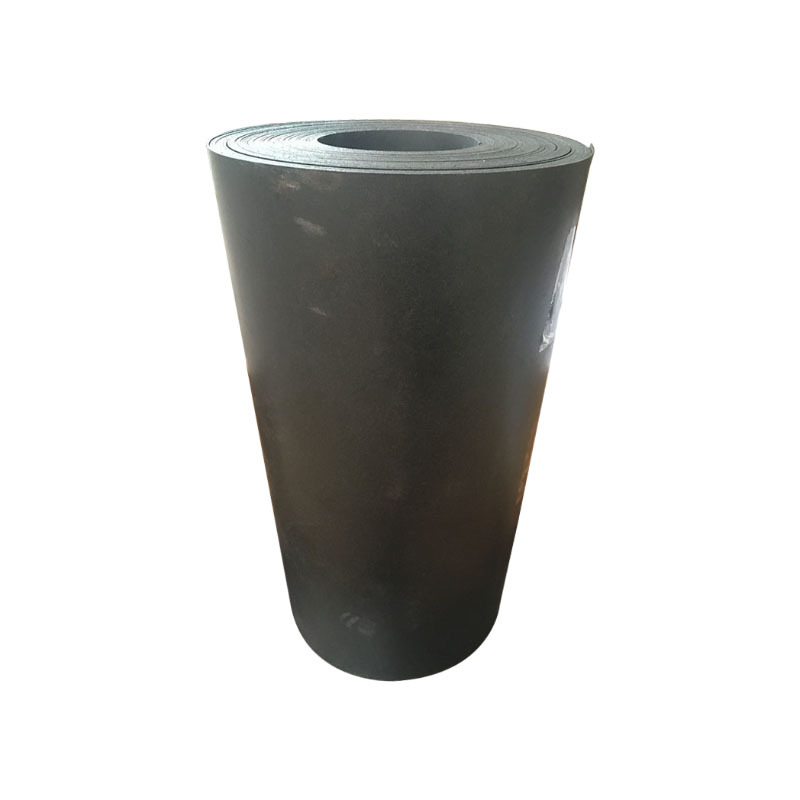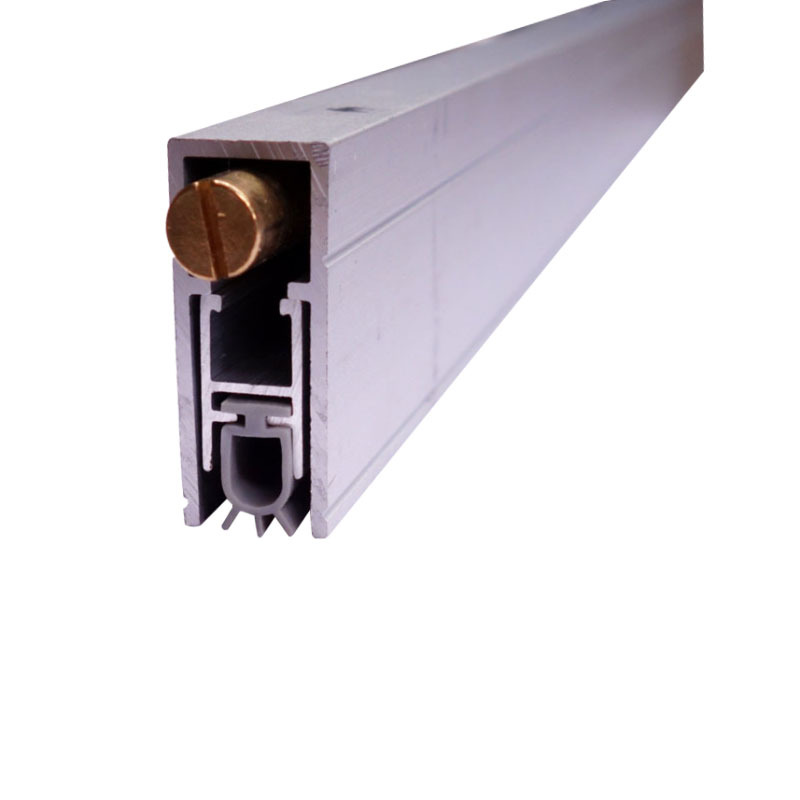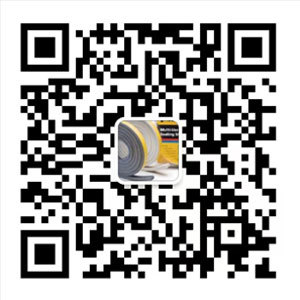












Automobile sealing strip
Classification:
- Product Description
-
Automobile sealing strip plays a crucial role in maintaining the integrity of a vehicle's interior and protecting it from external elements. It is designed to prevent water, dust, and noise from entering the cabin, ensuring a comfortable and quiet driving experience for the passengers. In this article, we will delve into the importance of automobile sealing strips, their materials, installation methods, and maintenance tips.
Materials used in automobile sealing strips are typically made from rubber, EPDM, PVC, or silicone. These materials are chosen for their durability, flexibility, and resistance to various weather conditions. Rubber sealing strips are commonly used in older vehicles due to their cost-effectiveness and availability, while EPDM and silicone sealing strips are preferred in modern cars for their superior performance and longevity. PVC sealing strips are also utilized in certain applications where flexibility and ease of installation are crucial.
The installation of automobile sealing strips is a relatively simple process that can be done by car owners themselves or by professional technicians. The first step is to clean the surface where the sealing strip will be installed to ensure proper adhesion. The strip is then cut to the required length and pressed firmly onto the door frame, window, or trunk lid using a roller or a rubber mallet. It is essential to follow the manufacturer's instructions and ensure that the strip is properly aligned and sealed to prevent any gaps or leaks.
Regular maintenance of automobile sealing strips is essential to ensure their effectiveness and longevity. Inspecting the strips for any signs of wear, damage, or detachment is crucial to prevent water leakage and air infiltration. Cleaning the strips with a mild detergent and water solution can help remove dirt, grime, and debris that may compromise their sealing properties. Applying a silicone-based lubricant or protectant can also help maintain the flexibility and resilience of the sealing strips, especially in extreme weather conditions.
In conclusion, automobile sealing strips are an essential component of a vehicle's design that helps maintain its interior comfort and protection. Choosing the right material, proper installation, and regular maintenance are key factors in ensuring the effectiveness and longevity of sealing strips. By adhering to these guidelines, car owners can enjoy a quiet, comfortable, and secure driving experience for years to come.
Product inquiry

